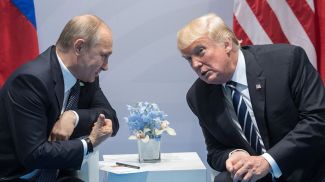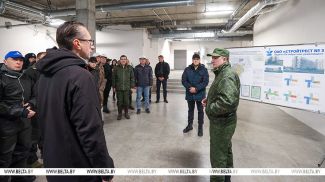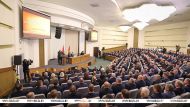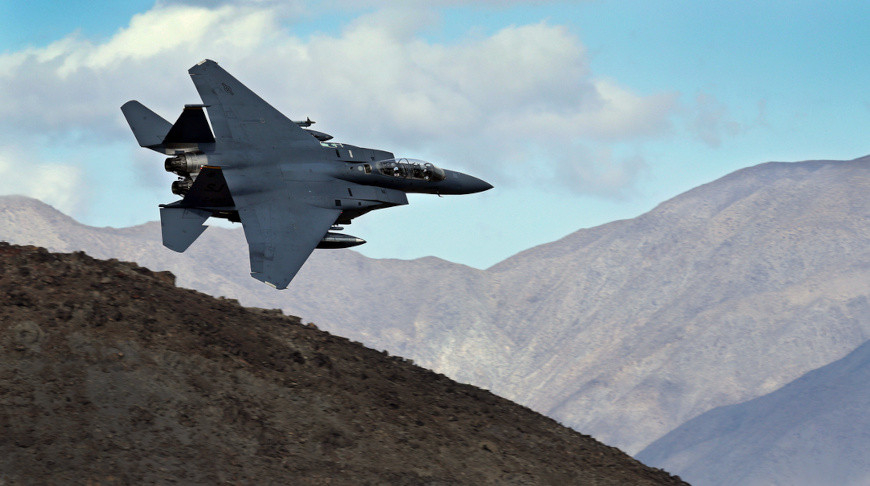
In October 2024 Polish Minister of National Defense Władysław Kosiniak-Kamysz claimed that the Polish army had become the third largest army in NATO, with only the USA and Türkiye having larger armies in the coalition. According to the minister, the country's budget is strained, but the government is fully aware that defense and security spending is an absolute priority. Defense spending is breaking records at 4.2% of GDP, something the minister says no other NATO country has yet achieved. According to forecasts, in 2025 Poland's military spending will reach 4.7% of GDP. For what purpose and against whom is Poland creating such armed forces unprecedented in its history? Does Belarus pose any danger to it?
Belarusian Minister of Foreign Affairs Maksim Ryzhenkov said in an interview with Russia’s Izvestia that provocations from Ukraine on the border with Belarus continued. Belarus also registers a lot of militarized activity on the part of Poland, Lithuania and Latvia, he added.
The Belarusian Ministry of Foreign Affairs commented: “Poland buys the best offensive weapons around the world. Does the country have nothing to spend money on?”
Let's take a look at some of Poland’s recent acquisitions.
According to the Polish Ministry of National Defense, on 28 January 2025 a contract was signed for the delivery of AGM-88G AARGM-ER anti-radar missiles manufactured by Northrop Grumman. According to the military magazine MILMAG, the contract is worth about $745 million. The deliveries will be carried out between 2029 and 2035.
The AARGM-ER is designed for SEAD operations and is capable of repelling attacks by anti-aircraft and anti-missile systems, ballistic and cruise missile launchers, jamming GPS signals and anti-satellite systems amid high saturation of enemy elements.
AGM-88G AARGM-ER compared to the basic AGM-88E AARGM has a new 290-mm airframe and subsonic jet engine, which has allowed doubling the range of fire from 110 to 220-250km, as well as increasing the maximum speed.
The AGM-88G AARGM-ER system is designed for attack, not for defense. It is adapted, in particular, for F-16 and F-35 aircraft.
It is a typical offensive weapon, supplemented, for example, by the lethal EA-18 Growler (electronic warfare aircraft) and the F-15EX (multi-role strike fighter).
It is worth noting that the F-15EX was developed for Saudi Arabia and is significantly different from the F-15E.
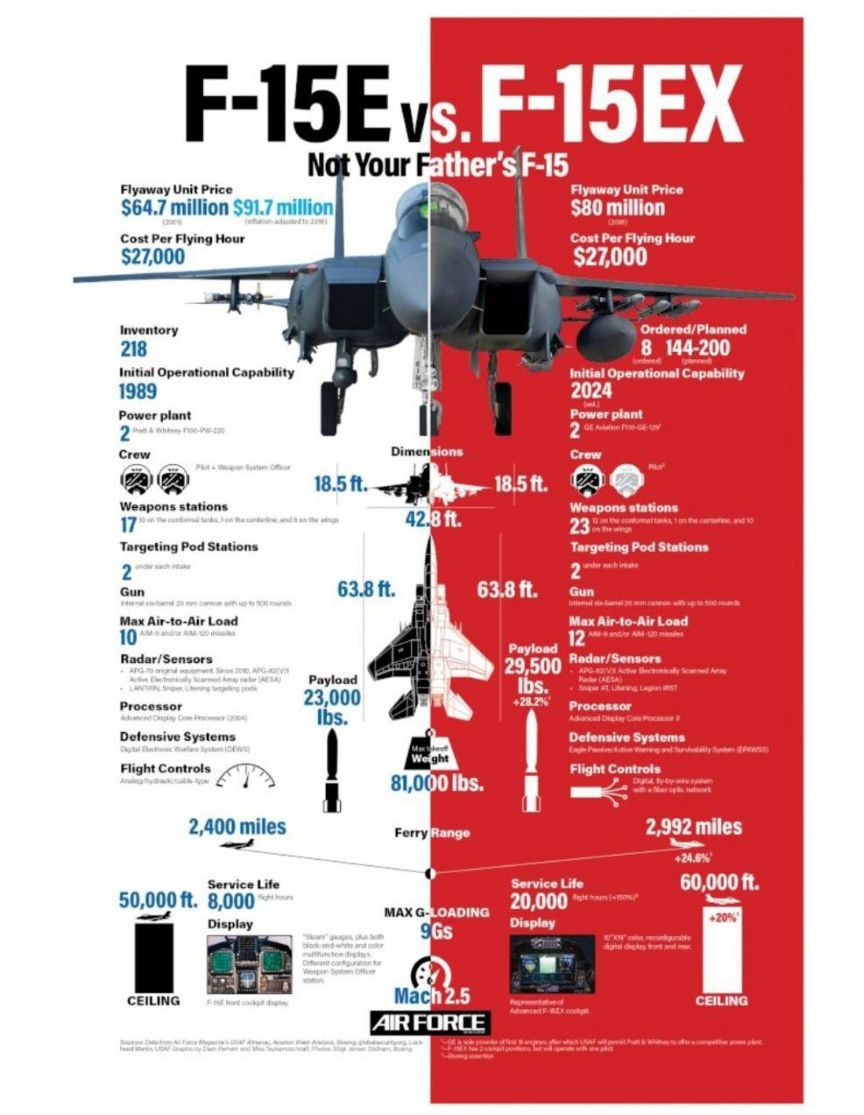
Officially, the range of the AGM-88G AARGM-ER missile is 250km; unofficially, tests have confirmed a range of up to 300km.
If we assume the use of missiles from the territories near the Polish-Belarusian border and from the border of the Baltic states, we have the following range as shown on the overview map.
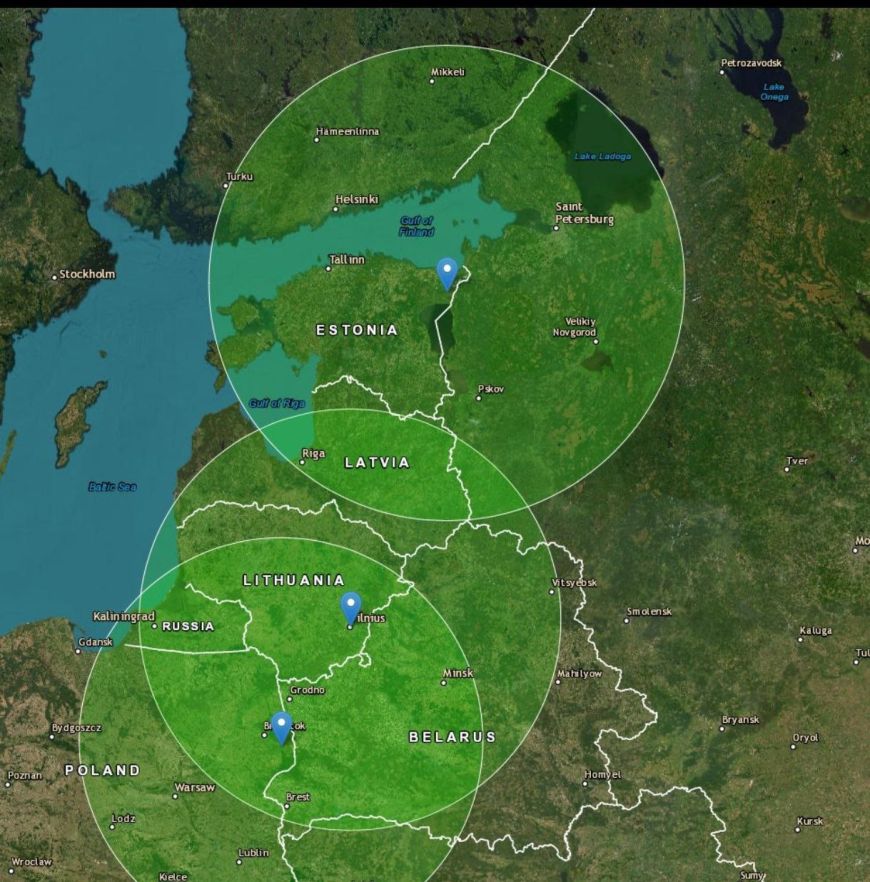
This is just one of the confirmed examples of the offensive armament of the army by the Polish government.
At the same time, Polish citizens have a legitimate question: instead of spending too much on armament that is actually of no need, why doesn't the Polish government take care of the welfare of its own citizens? After all, according to official statistics, more than 2.5 million Poles live in extreme poverty. The government does not increase its budget to support healthcare or agriculture, industry or business. It prefers to spend money on buying weapons that Poles do not need rather than on the social welfare of its own citizens or their education. Who benefits from this?
It is difficult to explain why Poland decided to create a threat to its neighbor, while the entire policy of Belarus is aimed at cooperation and preservation of peace. Moreover, there are signs of normalization of relations with Belarus on the part of some Western countries.
Belarusian President Aleksandr Lukashenko gave a clear and unambiguous answer to the question of a Polish journalist during his press conference on the election day: “I want us to have good relations. Believe me, there will never be another president in Belarus who would want good relations with Poles so much.”
“Stop buying tanks. Buy tractors instead,” Aleksandr Lukashenko said. “Let us plow the land, let us trade, let us cooperate together. Let us live in friendship!”
Unfortunately, however, most Polish politicians have ceased to represent Polish interests and have turned into lobbyists for Washington, Brussels, Berlin, Paris or London.
Tomasz Szmydt




